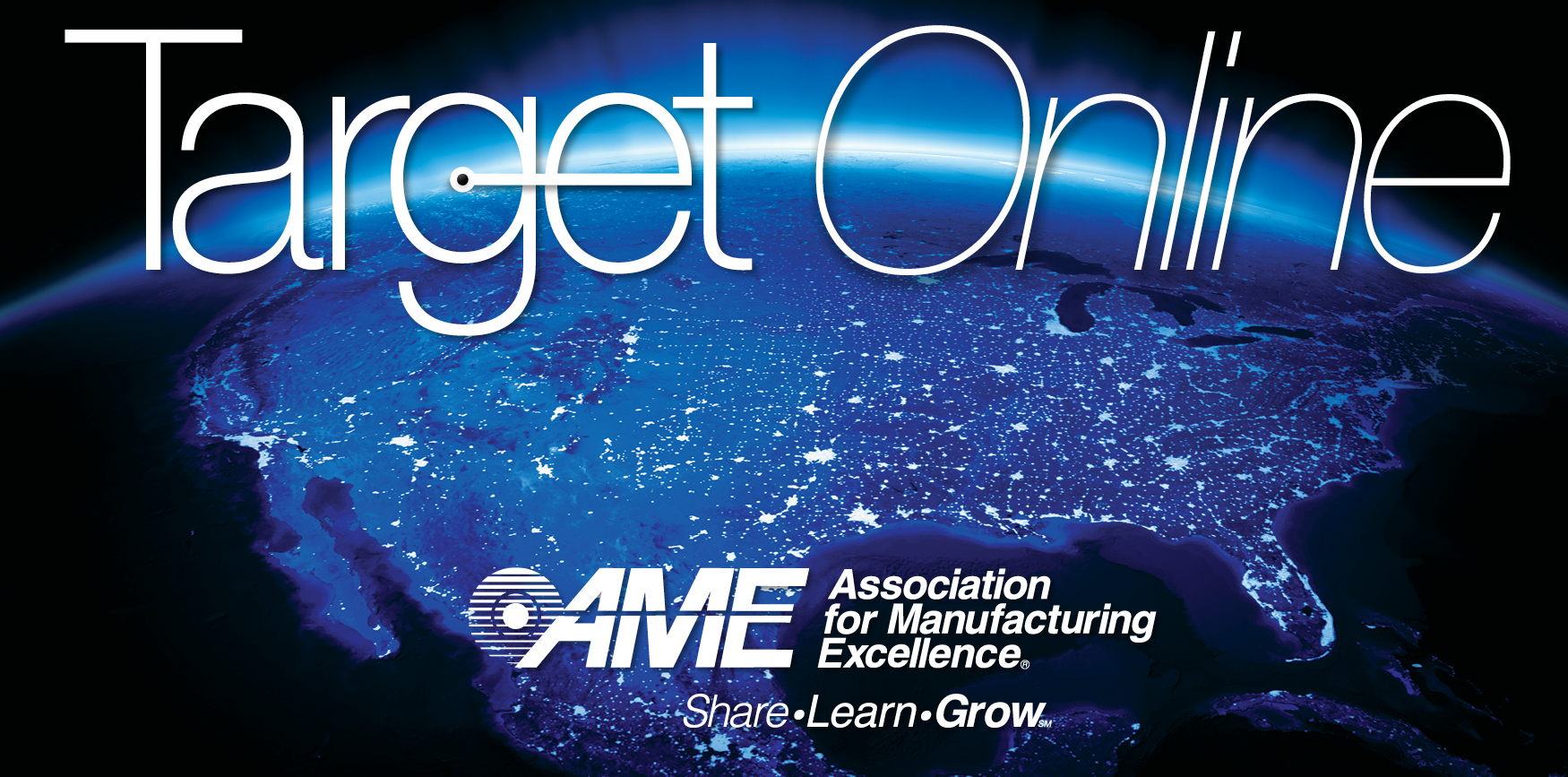President of Fulcrum ConsultingWorks, Inc.
 Kanban is a scheduling and inventory control system. 5S is a rationalization process. A3 is a thinking and communication tool. Quick changeover (SMED) applies to any process in which moving from one to another occurs.
Kanban is a scheduling and inventory control system. 5S is a rationalization process. A3 is a thinking and communication tool. Quick changeover (SMED) applies to any process in which moving from one to another occurs.
I could go on, but hopefully you get the point.
Lean is a thinking system that includes tools; it is NOT a system of tools. It is a system focused on respect for people, which implies providing constant developmental support to each and every person.
Those of us who have not experienced the constant years-long observation of a true sensei cannot pretend to understand, but those of us who constantly think deeply about the why and the reasoning behind any question or answer are at least making progress.
It’s not about the tools.
Toyota doesn’t care if you see their Kanban system, because it’s not why they lead the automotive world in reliability. Lexus doesn’t care if you copy its A3 format, because the thinking capabilities and vision alignment that develops through its nurtured use is the important outcome.
The thinking of Kanban can help a contract manufacturer, a high mix operation, or new product development processes. If that doesn’t make sense, I encourage you to think a bit more about why Kanban can be useful when flow doesn’t exist. What is it that Kanban actually does for an organization? What problem is it intended to address? As I stated earlier, Kanban is a scheduling and inventory control system. Inventory doesn’t have to be physical. Without standardized work, or at minimum solid estimates of resource requirements, kanban is unlikely to reduce a problem.
The thinking of 5S is not about brooms, shadow boards, and traveling trophies. Is the 1st S – sort – not a rationalization process? Is not the 2nd step – set in order – a rationalization process? Rationalizing parts, products, suppliers, customers or any other key ingredient of your business should be routine and ongoing. Can you see how the thought processes behind 5S apply throughout?
The A3 process, done well, forces a delineation of the problem to be solved or the opportunity to be grasped well before solutions enter the equation. It forces line-of-sight alignment between this challenge and company vision, mission, objectives and priorities. It separates the critical few from interesting but irrelevant data. But only if we use it well. The form itself forces us to become more concise, but it doesn‘t force us to be unbiased or fact-based.
Kaizen events (an oxymoronic term) should be planned twice and implemented once, as my carpenter friends would say. The Friday punch-list that is still open weeks later reflects missing the point, not success. Failure to track and manage subsequent changes to event output as well as how well targets are met 30, 60, and 90 days later says it’s all sizzle and no steak. If learning doesn’t take place and become embedded in the organization, it’s wasted resources.
Every company wants to improve. Most every company wants engaged employees that learn, think and grow. The process is not simple, nor straightforward. But those who think a bit more deeply about each step in it will get much closer than those who act as if copy/paste summarizes lean.
I offer this challenge to you:
- List each lean tool used to any degree in your organization. Then, for each:
o What problem did you intend it to address?
o How can you measure the progress that it has helped you make?
o Now think deeply about the real philosophy and thinking behind the tool.
o What changes can you make, up to and including eliminate it, to better satisfy your organizational needs?
By taking these steps you’ll be better tomorrow than today, and isn’t that what it’s all about?
Becky Morgan is an operations strategist working with leaders of mid-sized manufacturing companies. Her website offers extensive free valuable information for manufacturing leaders, ranging from videos, to podcasts, to published articles and newsletters.


